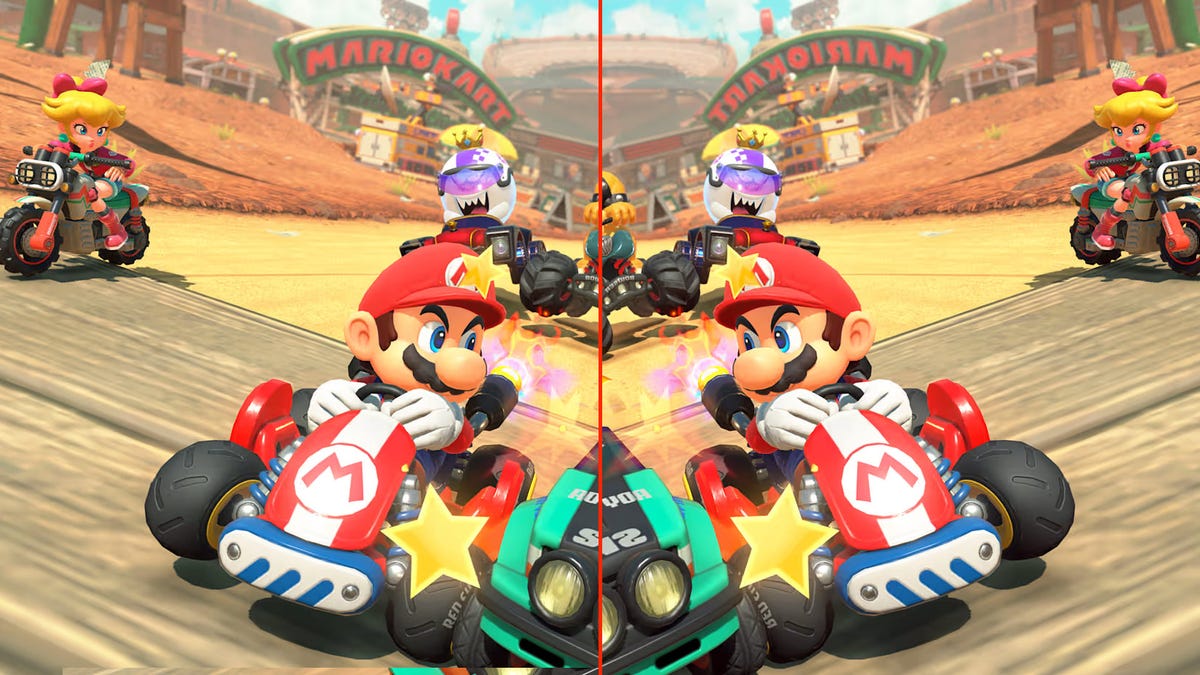Rooftops & Alleys could be the next big parkour game, but it trips over its own feet
I went into Rooftops & Alleys: The Parkour Game expecting to love it from the jump. Mirror’s Edge and Assassin’s Creed — some of the best parkour games of all time — dominated my formative years. And since Rooftops & Alleys has the same stylish flair as Mirror’s Edge, albeit with a stylish trick-focused twist, […]


I went into Rooftops & Alleys: The Parkour Game expecting to love it from the jump. Mirror’s Edge and Assassin’s Creed — some of the best parkour games of all time — dominated my formative years. And since Rooftops & Alleys has the same stylish flair as Mirror’s Edge, albeit with a stylish trick-focused twist, à la Tony Hawk’s Pro Skater, my hopes were high. However, what I found was a clunky sandbox that puts a premium on patience, as it is about skill.
Released June 16 for Nintendo Switch, PlayStation 5, Windows PC, and Xbox Series X, Rooftops & Alleys is a third-person platforming sim developed and self-published by MLMedia, an independent, one-person studio.
I played on Windows PC and encountered issues immediately: My DualSense Edge controller wasn’t recognized. Steam Input was able to fix my problem quickly, but it’s a minor frustration that foreshadowed the game’s sometimes janky feel. Comparison is the thief of joy, but the game doesn’t feel as intuitive as the games it automatically draws comparisons to.

Anyone can pick up Tony Hawk’s Pro Skater and have a good time kick-flipping away. Mirror’s Edge takes a bit longer to understand, but by the end of the first level, you have a basic understanding of the mechanics that can carry you to the end. Rooftops & Alleys demands a certain level of mastery from the player, which is appealing, as I love the thought of becoming a parkour god in this title. Still, at the same time, it worries me because it’ll be harder to recommend to my casual gaming friends.
But before you can get a grip on its tricks, Rooftops & Alleys fumbles in adequately teaching you how it works. There are two tutorials in the game, and you access them through the main menu. Both tutorials are vanishingly brief and optional, so I’m unsure what benefit they offer in the first place.
No doubt about it, Rooftops & Alleys could benefit from longer, more detailed tutorials as well as a trick tutorial (similar to SSX Tricky’s best-in-class trick book). Any way to explore landing every single trick in the game in a streamlined, intuitive environment would be a boon. As it stands, you must pause the game, access a sub-menu to learn how to perform the trick, then exit the menu to practice it, and repeat. It feels like Rooftops & Alleys has all the pieces for something great, but those pieces don’t coalesce into something great.
This isn’t to say Rooftops & Alleys isn’t compelling in its own odd way. As I continued to experiment with the game and its systems, it slowly began to fall into place for me. With every session, I found myself warming up with the tutorials so that I could have the controls fresh in my mind. Once I chose the map I wanted to parkour through, the game released my hand completely and let me run free — and it was glorious. I spent a lot of time completely failing all of my tricks while I tried to learn the timing. I played around with the map’s time trials, and if you can sense the pattern, I failed those too. But with each failure, I noticed I was improving; my landings became more consistent, I became faster with each time trial attempt, I was better at maintaining my momentum, and I was even starting to have fun.

On one of my best trick rush runs, I attempted a trick toward the end that clipped me through the environment, pretty much dooming my high-point combo. Still, instead of getting frustrated, I just laughed, because I could totally imagine someone in real life landing a backflip awkwardly and getting stuck between some pipes.
This moment was the moment the game clicked for me, and I’ve been unable to put the game down since. The Steam reviews suggest that those who try the game are also enjoying it — that is, once they become accustomed to the controls. Rooftops & Alleys supports multiplayer, and while most of my time was spent playing solo, I hopped into a few lobbies to find plenty of people practicing cool sequences of moves. The open sandbox vibe of the solo play is just as present with others, and there’s something fun about racing your friends through the time trials and even sabotaging them from landing their tricks. (Someone stood in my way during a time trial, causing me to fail at landing a usually easy-to-land cartwheel. I’m not mad, you’re mad.)
This game has clearly found an audience, and as so often happens with these niche games, the community will take the torch and run with it. Every multiplayer lobby I joined had people running, jumping, and failing spectacularly. Rooftops & Alleys isn’t perfect, but it’s got charm. As a solo player, I lament the lack of a narrative mode. Don’t get me wrong, the grind of perfecting your tricks and times is fun but it does get a bit repetitive after a long session. Rooftops & Alleys offers a relaxing (if unpolished) playground and with some additional updates and improved tutorials, it could become something truly special. For now, it’s a niche game with just enough spark to keep me on the grind.

































































































































































































































































